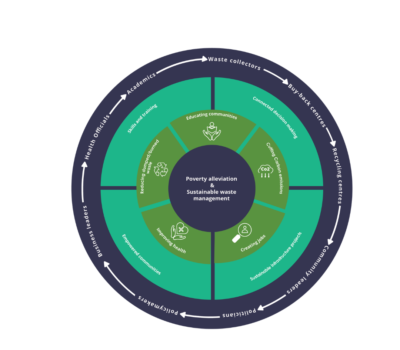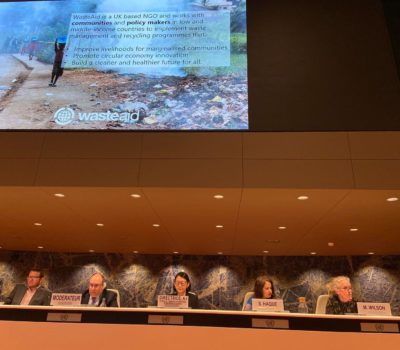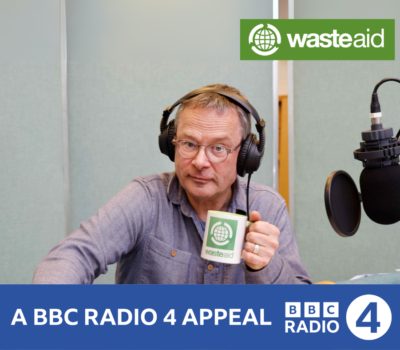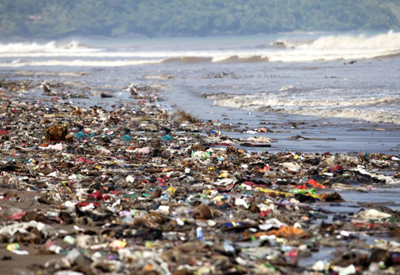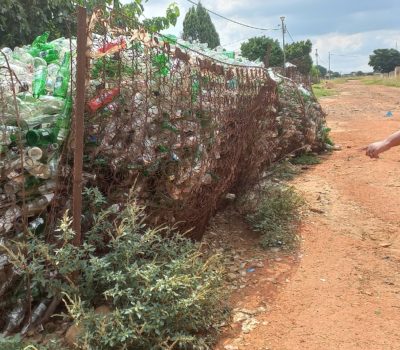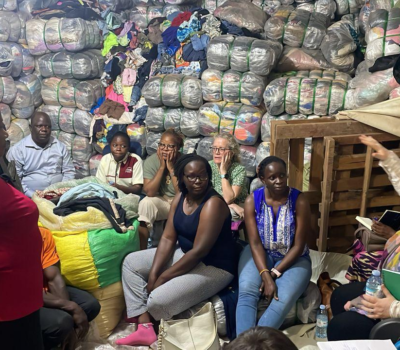Kenya
Kenya’s diverse geography encompasses savannah, lakelands, the Great Rift Valley, mountain highlands and over 500 kilometres of Indian Ocean coastline, and is home to wildlife like lions, giraffes, elephants and rhinos. 72 percent of the Kenyan population live in rural areas with little access to waste management services, where open dumping and burning posing a significant threat to human health and wildlife.
Kenya’s cities are also struggling to cope with waste generation, where major dumpsites are causing hazards to human health. Leachate from Dandora dumpsite in Nairobi, for example, flows directly into the adjacent river and soils, and the continuous open burning of waste along the access road creates very unhealthy conditions for people living at the dumpsite or in nearby slums.
On the Human Development Index, Kenya is ranked 143 out of 189 countries, and despite a decline in its absolute poverty rate, inequality has increased. The population is growing rapidly and unemployment rates are high, especially among the youth. More than 70 per cent of Kenya’s population are below the age of 30 and the population under age 14 alone amounts to 43 percent.

